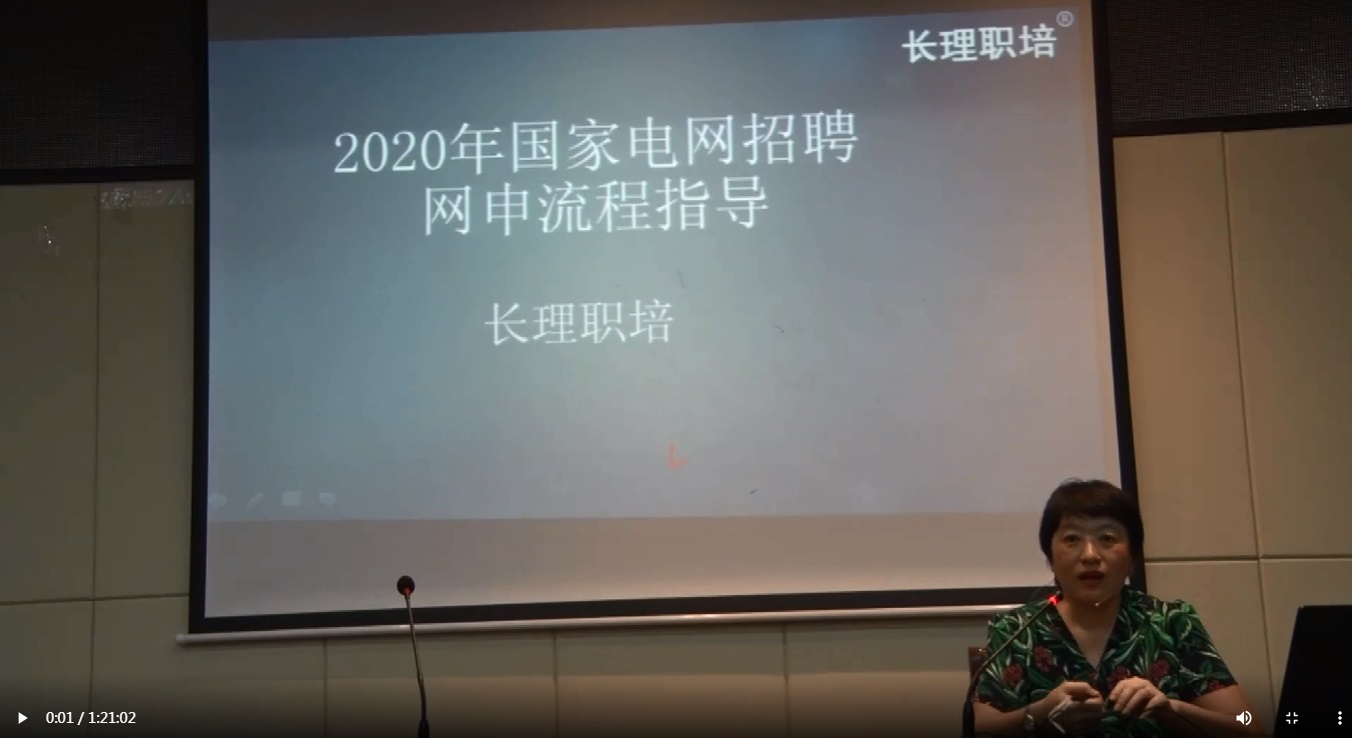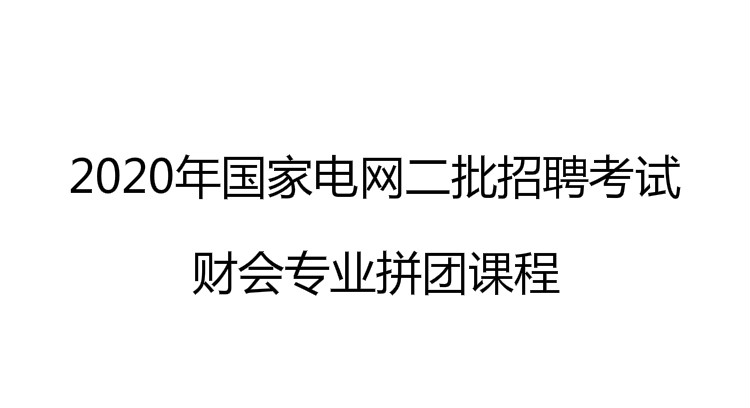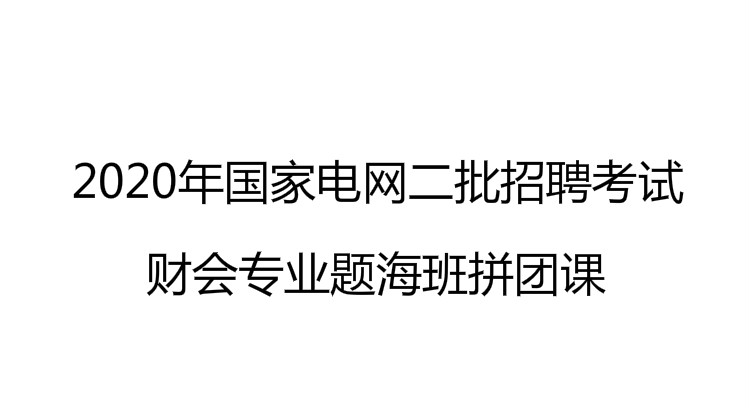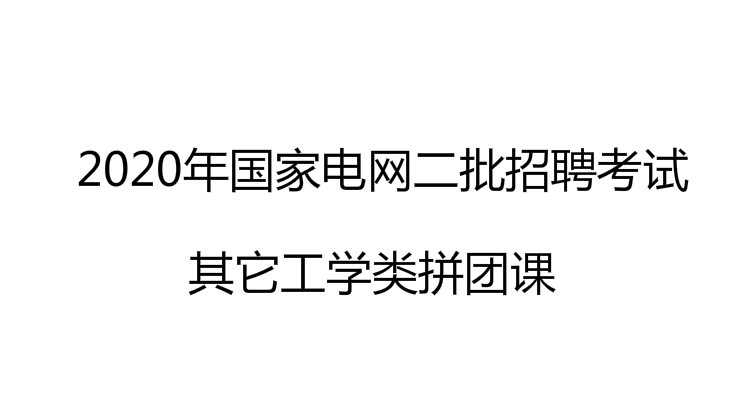考试吧 2009/10/3 字号:T T 我在网上见到很多关于SCJP考试的说法,很多人说他简单!确实是这样的!但是这种说法只是当你拿到拿仅有的一套题的时候,你可以这样说!有人说他考的相当全面,确实是这样的,当你看到这一两百套题给你的时候,你就会有此感悟!呵呵!头晕啊!它考的好多地方都是你在看资料的时候不留心的地方你得不时的翻箱倒柜的找资料!这第2套题有147道题,你可以将它收集起来!当你留心看的时候,你的心就宛如一团乱麻,天那,这考的什么?想学真本事,就静下心,仔细研究吧!!!这是19-50题!
310-025
Leading the way in IT testing and certification tools, www.testking.com
Question No 19
Given:
8. int index = 1;
9. boolean[] test = new Boolean;
10. boolean foo= test [index];
What is the result?
A. Foo has the value of 0.
B. Foo has the value of null.
C. Foo has the value of true.
D. Foo has the value of false.
E. An exception is thrown.
F. The code will not compile.
Answer: D
Question No 20
Given:
1. public class test(
2. public static void main(string[]args){
3. string foo = args [1];
4. string foo = args ;
5. string foo = args ;
6. }
7. }
And command line invocation:
Java Test red green blue
What is the result?
A. Baz has the value of ""
B. Baz has the value of null
C. Baz has the value of "red"
D. Baz has the value of "blue"
E. Bax has the value of "green"
F. The code does not compile.
G. The program throws an exception.
Answer: G
Question No 21
Given:
8. int index = 1;
9. int [] foo = new int ;
10.int bar = foo [index];
11.int baz = bar + index;
What is the result?
A. Baz has the value of 0
B. Baz has the value of 1
C. Baz has the value of 2
D. An exception is thrown.
E. The code will not compile.
Answer: B
Question No 22
Given:
1. public class foo {
2. public static void main (String[]args) {
3. String s;
4. system.out.printIn ("s=" + s);
5. }
6. }
What is the result?
A. The code compiles and "s=" is printed.
B. The code compiles and "s=null" is printed.
C. The code does not compile because string s is not initialized.
D. The code does not compile because string s cannot be referenced.
E. The code compiles, but a NullPointerException is thrown when toString is called.
Answer: C
Question No 23
Which will declare a method that forces a subclass to implement it?
A. Public double methoda();
B. Static void methoda (double d1) {}
C. Public native double methoda();
D. Abstract public void methoda();
E. Protected void methoda (double d1){}
Answer: D
Question No 24
You want subclasses in any package to have access to members of a superclass. Which is the most
restrictive access modifier that will accomplish this objective?
A. Public
B. Private
C. Protected
D. Transient
E. No access modifier is qualified
Answer: C
Question No 25
Given:
1. abstract class abstrctIt {
2. abstract float getFloat ();
3. )
4. public class AbstractTest extends AbstractIt {
5. private float f1= 1.0f;
6. private float getFloat () {return f1;}
7. }
What is the result?
A. Compilation is successful.
B. An error on line 6 causes a runtime failure.
C. An error at line 6 causes compilation to fail.
D. An error at line 2 causes compilation to fail.
Answer: C
Question No 26
Exhibit:
1. public class test(
2. public int aMethod()[
3. static int i=0;
4. i++;
5. return I;
6. )
7. public static void main (String args[]){
8. test test = new test();
9. test.aMethod();
10.int j = test.aMethod();
11.System.out.printIn(j);
12.]
13.}
What is the result?
A. Compilation will fail.
B. Compilation will succeed and the program will print "0"
C. Compilation will succeed and the program will print "1"
D. Compilation will succeed and the program will print "2"
Answer: D
编辑推荐:

温馨提示:因考试政策、内容不断变化与调整,长理培训网站提供的以上信息仅供参考,如有异议,请考生以权威部门公布的内容为准! (责任编辑:长理培训)






















点击加载更多评论>>